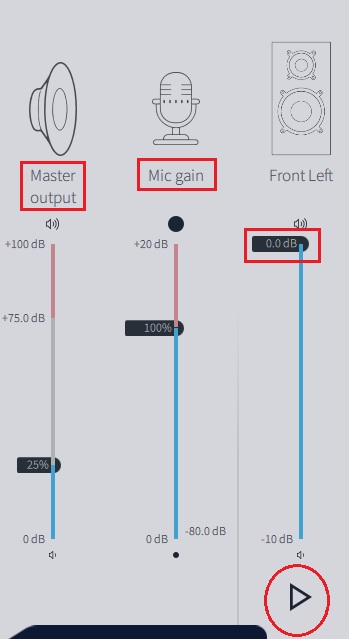

Its theory of operation is described in U.S. JBL used a variation of the approach originated by Korst-Fagundes on a product called the BassQ, which is no longer made. The practical need to limit these gains places a limit on how flat the combined subwoofer responses can be in practice. This approach requires special-purpose FIR filter hardware and has some practical problems related to the need for impractically high filter gains at some frequencies. A high-order finite-impulse-response (FIR) filter having the calculated gain and phase response at each frequency is then designed for each speaker. The solution to each system of equations at a given frequency yields the required gain and phase of each sub's DSP filter at that frequency. His approach works by solving a set of simultaneous linear equations at each frequency, based on measurements from each speaker to each listening position. He split the mono signal into separate EQ for each speaker and found that if the number of speakers is equal to the number of listening positions at which their frequency response is measured, it's possible in theory to get perfectly flat response of the combined speaker outputs at multiple listening positions simultaneously. He assumed multiple speakers with a mono source signal and didn't specifically mention subwoofers, but his concept applies equally well to subs.

The earliest known effective attempt to simultaneously fix frequency response errors at multiple listening positions can be found in the 1995 Master's thesis of Bruno Korst-Fagundes, and his paper with Xie and Snelgrove. This article discusses how multiple subwoofer optimization came about, and provides links to a number of articles that trace the development of the subject. History of Multiple Subwoofer Optimization Introduction History of Multiple Subwoofer Optimization


 0 kommentar(er)
0 kommentar(er)
